It can be difficult to choose the ideal rose variety for shady settings, but don’t worry—we’ve got you covered. Ten white climbing roses that thrive in shaded places are included in our list. When given the right care, these roses not only provide elegance to gloomy areas but also flourish.
We’ve given advice on effective plant care so that your white climbing roses thrive. If you follow our advice, you’ll see how these roses turn shady areas into delicious, colorful displays of breathtaking natural beauty.
Different Types of White Climbing Roses
Paul’s Lemon Pillar Rose
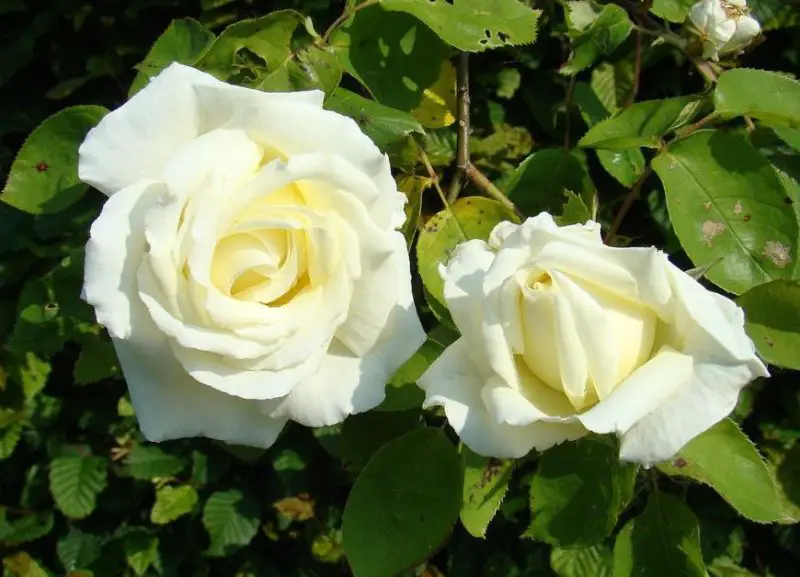
George Paul bred the Lemon Pillar rose in the United Kingdom in 1915, and Boston Rose Farms introduced it to the United States as “Mrs. John Whicher” in 1928. The rose is distinguished by its enormous, fragrant white flowers that have a pronounced lemon scent. This repeat-flowering rose can reach heights of 8 to 20 feet.
It grows quickly, so careful trimming in the early spring is necessary to keep it looking nice. Applying a nitrogen-rich fertilizer encourages the growth of new leaves, although care should be taken not to impede the growth of flowers. Paul’s Lemon Pillar is perfect for USDA growing zones 5a through 9b and adds life to gardens.
Lamarque Rose
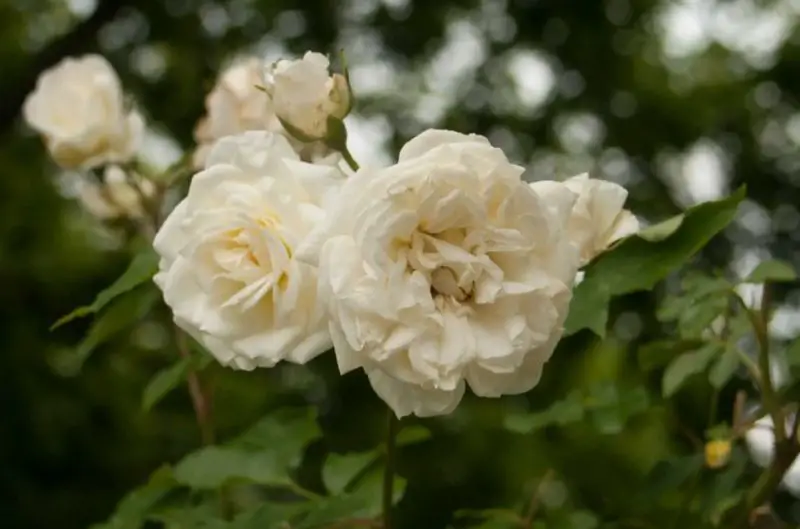
Large, white blooms with a mild tea and lemon scent characterize the Lamarque rose, which Maréchal created in France in 1830. These repeat-flowering climbing roses thrive in full sun to partial shade and need about an inch of water each week.
It’s critical to keep the soil evenly and lightly moist while steering clear of oversaturation. It is advised to feel the upper inches of soil to determine the moisture content. For extra nutrition in nutrient-deficient soils, mix soil and compost in a 1:1 ratio. Lamarque emanates beauty and aroma in gardens and is perfect for USDA growth zones 7b and warmer.
Ilse Krohn Superior Rose
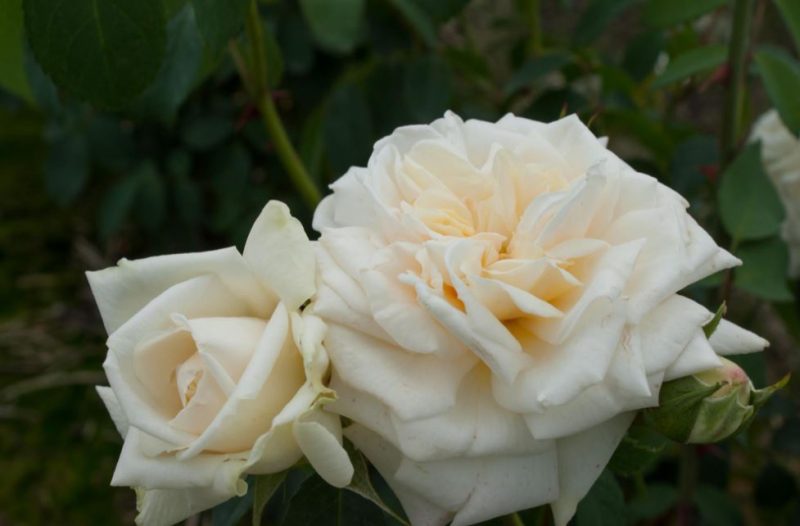
Reimer Kordes bred the Ilse Krohn Superior rose in Germany in 1964. It features exquisite white flowers that are medium in size and fragrant. These repeat-flowering roses grow to a height of nine feet and do well in full sun to partial shade. Protecting your Ilse Krohn Superior roses is crucial to preserving fresh spring growth if your area experiences late spring freezes.
Potential harm can be lessened by pruning later in the spring and using less spring fertilizer. These roses are not only a great climbing variety but also make lovely cut flowers with a potent scent that are ideal for homemade potpourri or rose-scented candles. Ilse Krohn Superior, suitable for USDA growth zones 6b through 9b, enhances the aesthetic appeal and aroma of your landscape.
Guirlande d’Amour Rose
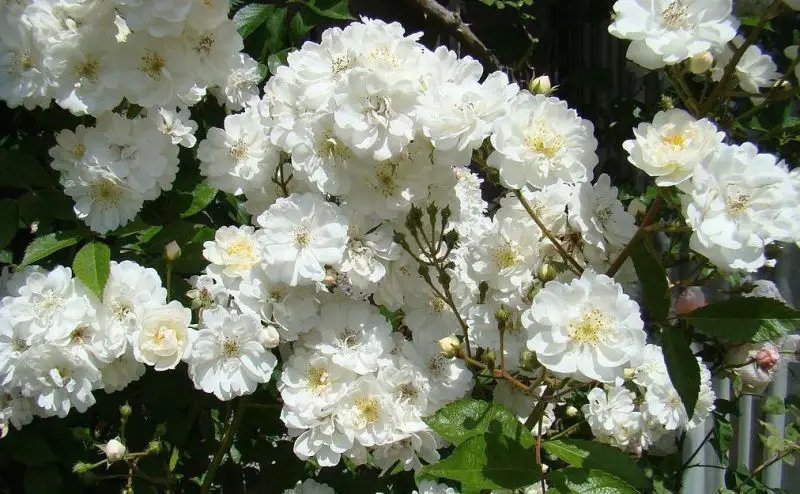
The Guirlande d’Amour rose, cultivated by Louis Lens in Belgium before 1988, graces gardens with small, fragrant white blooms. With a height range of 5 to 10 feet, this disease-resistant climber is a resilient choice for full sun to partial shade locations. Pruning is recommended after all blooms have disappeared, distinguishing it from the typical early spring routine.
Despite its beauty, be cautious of thorns and practice safety by wearing protective gloves and eye gear when handling these roses. Ideal for USDA growing zones 5b through 9b, Guirlande d’Amour adds charm to gardens with its enduring blooms.
White Cloud Rose
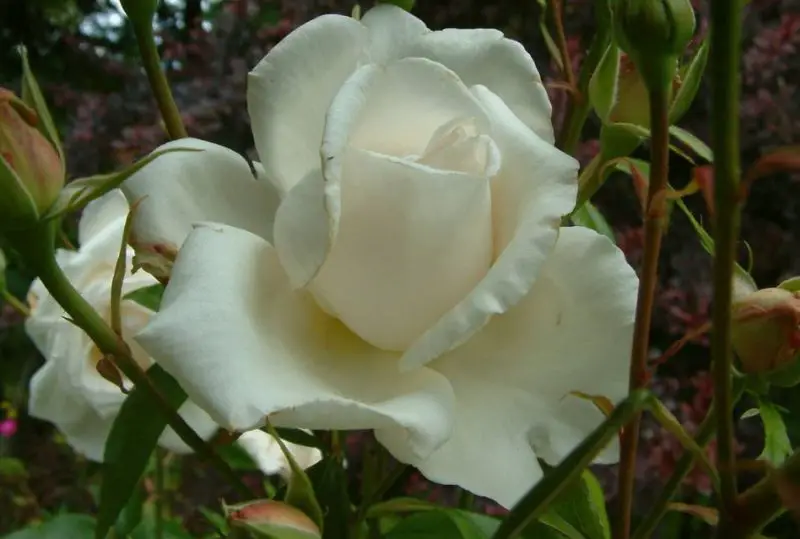
Developed in Germany in 1985 by W. Kordes & Sons, the White Cloud climbing rose has enormous, fragrant blooms that are a pure white color. It grows to a height of 8 to 24 feet and does well in both full sun and some shade. But watchfulness is necessary because typical rose illnesses like mildew and black spot might affect it. To address problems, remove impacted leaves as soon as possible; do not dispose of compost.
Spring pruning only needs to be minimal, concentrating on dead or broken branches. USDA growth zones 6b to 9b are ideal for this hardy rose, which requires constant maintenance to maintain its vibrant bloom.
City of York Rose
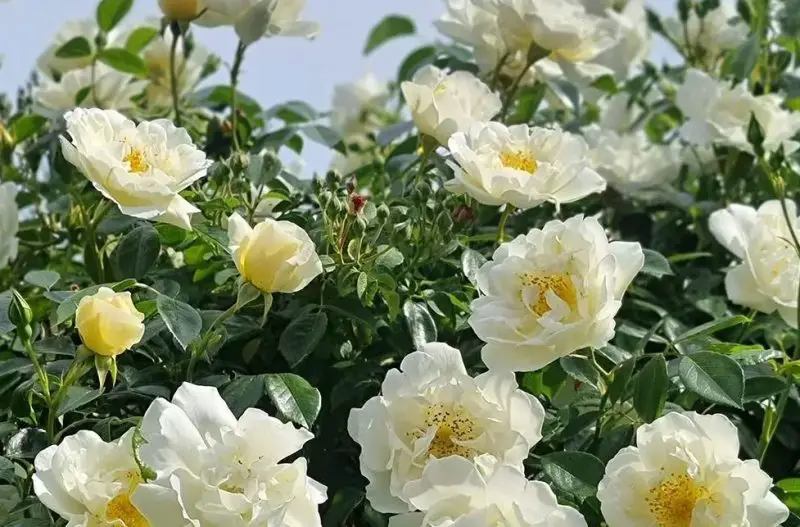
Grown in Germany by Mathias Tantau in 1939, the City of York rose produces enormous, fragrant flowers that are a pure white color. Reaching eight to twenty feet in height, it grows well in full sun to light shade. This floribunda rose is known to be disease-resistant, which makes it a worry-free option.
City of York is a large-flowered climbing rose that may reach a width of up to 10 feet and produces an abundance of blooms all season long. Make sure to leave at least 4 to 5 feet between these roses for best development. This hardy rose brings elegance to any garden and is best suited for USDA growing zones 5b and above.
Aimée Vibert Rose
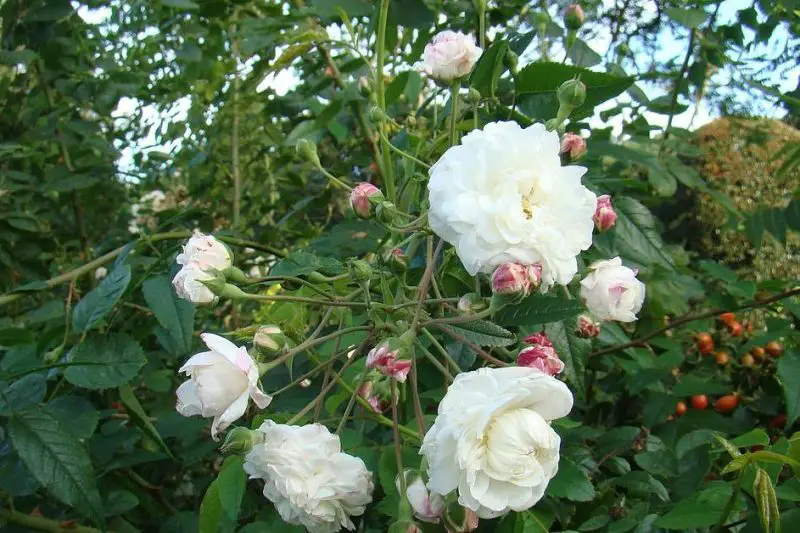
The Aimée Vibert rose was created in France in 1828 by Jean-Pierre Vibert. It features small to medium-sized white blooms with a light, musky scent. This repeat-flowering rose, which reaches a height of 9 to 15 feet, is a safe option for homes with kids and dogs because it has few to no thorns. Easy maintenance without protective gear is also ensured by the absence of thorns.
Its striking height makes it a graceful addition to tall fences, giving privacy barriers a fashionable twist. Aimée Vibert brings elegance to any garden and is well suited for USDA growth zones 6b and above.
Mrs. Herbert Stevens Rose
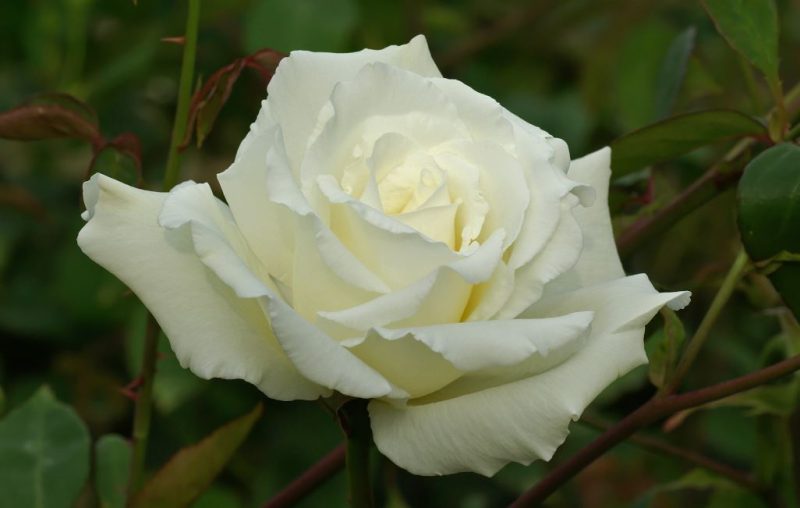
The lovely Mrs. Herbert Stevens rose, bred in France prior to 1922 by Joseph Pernet-Ducher, adorns gardens with fragrant, medium-sized flowers that are the perfect shade of white. These repeat-flowering hybrid tea roses are 12 to 20 feet tall, with sturdy, long stems and a pleasant tea scent.
Snip off a few blossoms into a vase to bring some beauty and fragrance into your house. Perfect for floral arrangements. It is recommended to plant them 4 feet apart to give them enough room to grow to their full size. Perfect for USDA growth zones 6b through 9b, Mrs. Herbert Stevens gives outdoor areas a touch of class and aroma.
People Who Read This Also Read:






